Did you see the recent article in the Wall Street Journal “Why a Kitchen Table Beats an Island – According to People Who Made the Switch?” A friend forwarded it to me and wanted to know my thoughts.
Suffice to say, I do not agree with those interviewed. There are endless possibilities for the size, shape, finish, and style of a kitchen island. I also find it extremely functional. My favorite feature of the kitchen island is how inclusive it is for both those cooking and those congregating.
Seems the designers in the article preferred the kitchen table in the middle of their kitchen versus the “ubiquitous” center island. They felt the kitchen table was homier and more welcoming. Of course, they showed pictures of big rustic farmhouse tables. Others felt like the island was too tall for small children and preferred their kids to sit at a table. Another didn’t like that you sat side by side versus across from one another.
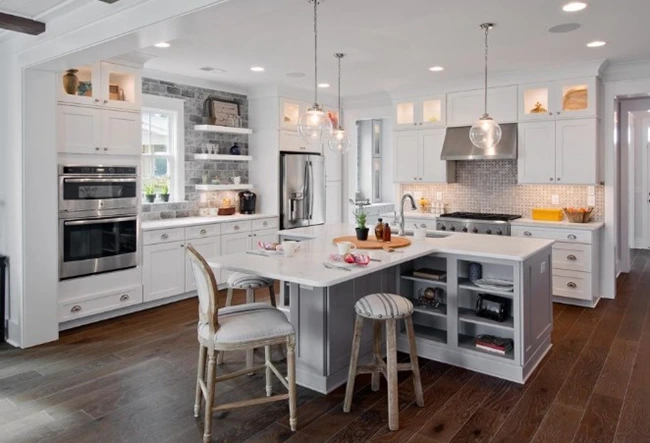
Not to be the contrarian in the room, but I disagree with every one of these points. Look, if you find yourself wanting an island-less kitchen, that’s all well and good. However, I don’t think this is a trend that will stick. Allow me to tackle the objections that the article lays out.
ISLAND STYLE
Since the island is composed of cabinets, they can come in a variety of styles and finishes. If you desire a homier look, select wood cabinets. Add table legs at either side of the island supporting the overhang for a more furniture-feel. You can even add bookshelves to the ends of the cabinets for cookbooks or knickknacks.
Of course, if your tastes are more contemporary, you can select a more modern design with perhaps a waterfall countertop or perhaps corrugated metal siding along the face of the island for a fun industrial vibe.
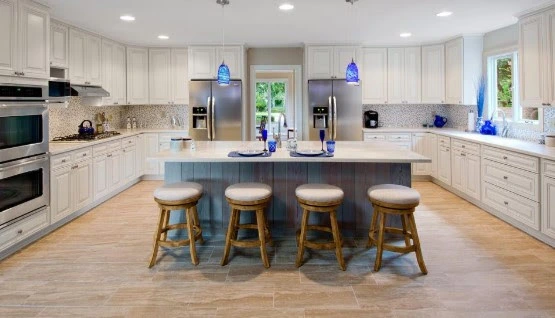
ISLAND HEIGHT
It used to be the seating area at the island was bar height at 42” above the floor, which made for very tall bar stools. I find the island much more welcoming at 36″ above the floor – the same height as the rest of the kitchen countertops. That makes the island suitable for standing and food preparation. A kitchen table is only 30” above the floor – leaving it unsuitable for chopping vegetables. However, you can design an island to have dual heights – 36” on the kitchen side and 30” on the dining side.
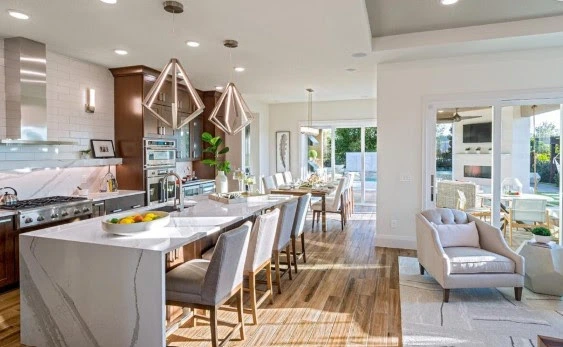
ARRANGEMENT OF CHAIRS
There is no rule that says the island stools must all be in a single line. Indeed, I recommend having at least one chair at 90 degrees. Many kitchen islands have seating on three sides making it just as conversational as a table.
INCLUSIVE
One photo in the article showed a single countertop along the back wall of the kitchen with sink and range. This means whether the “chef” is washing vegetables or stir frying on the stove, their back is to anyone seated at the kitchen table. And since the table is too low for food preparation – their back is always to the rest of the room. In my opinion (and the opinion of many others), that is not how I wanted to interact with my family when I was a working mom or with my friends as an empty nester.
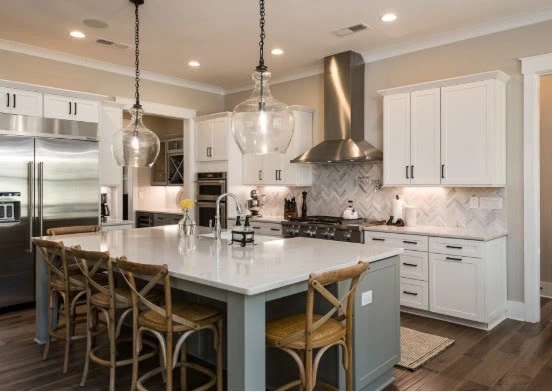
Personally, I find that islands have become the place where family and friends gather. So, has the kitchen island overstayed its welcome? Or is the “island-less kitchen” another niche trend to be ignored?
Adapted from Housing Design Matters Blog

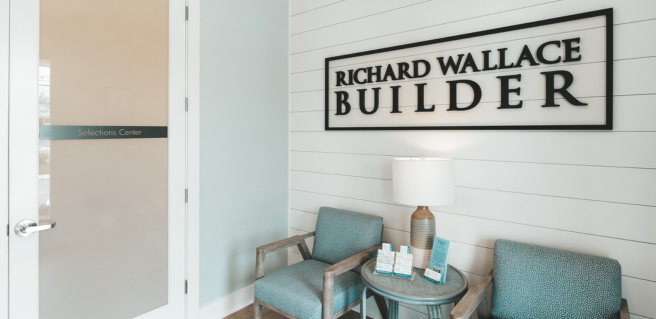
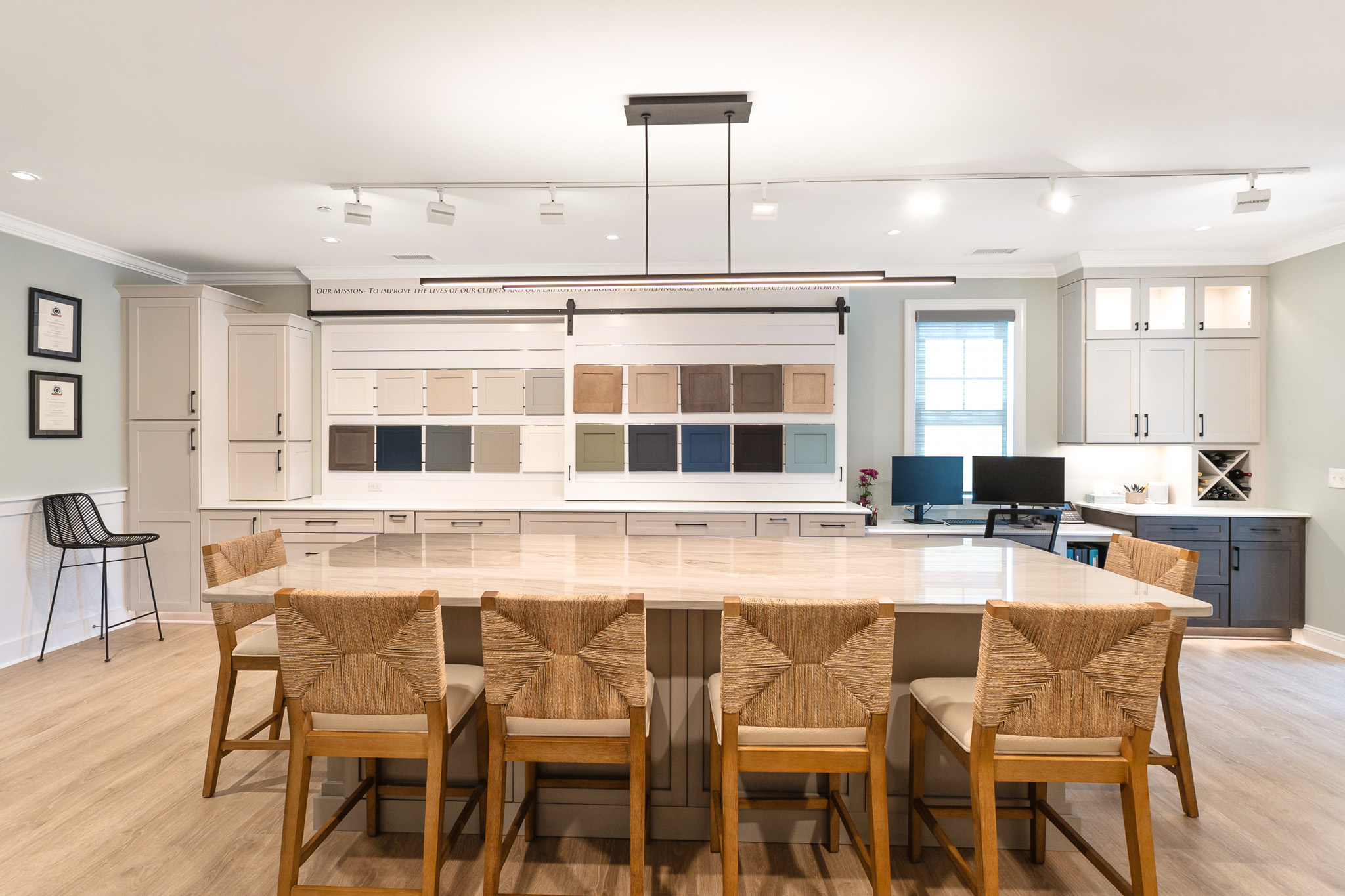
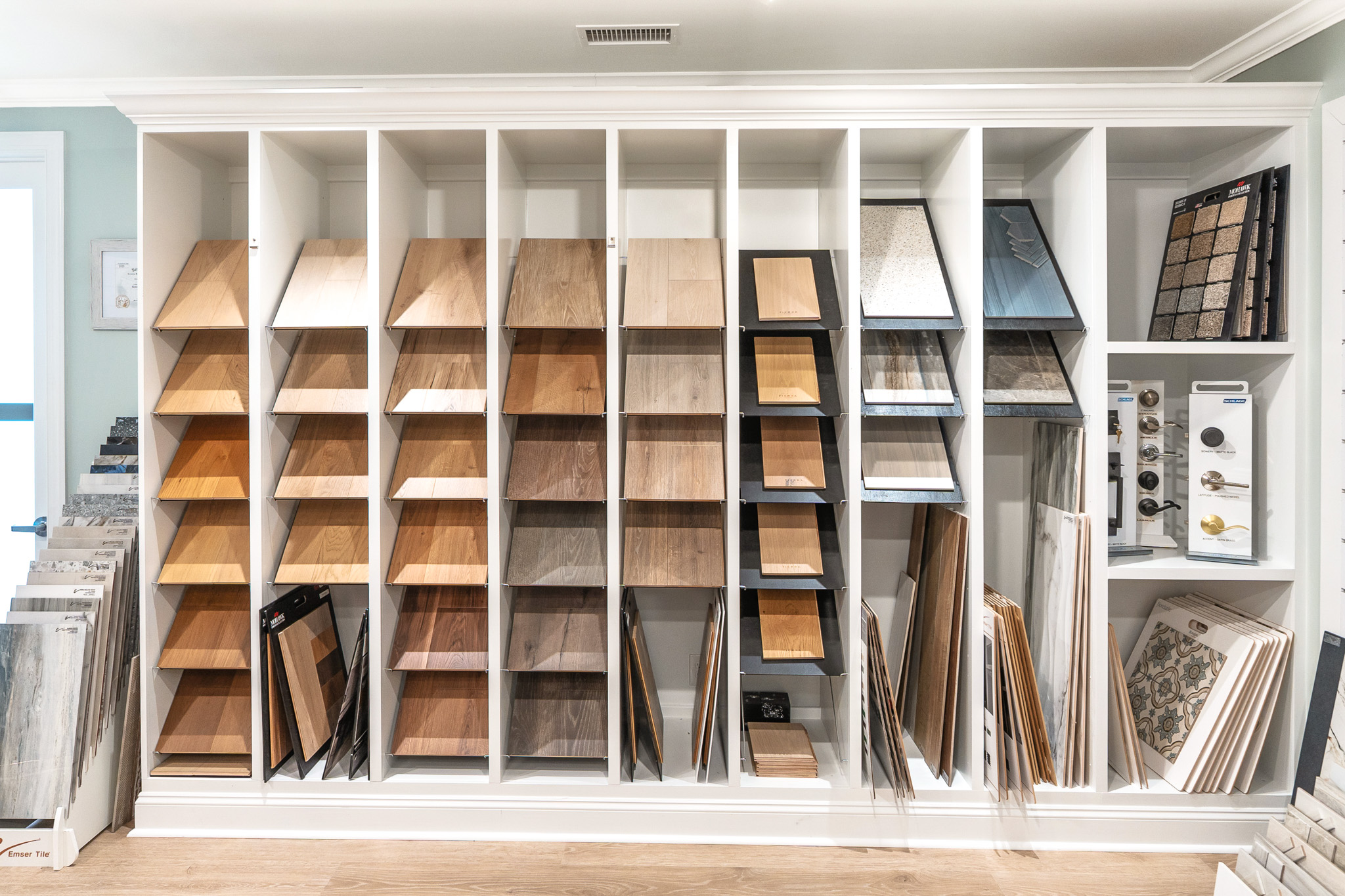
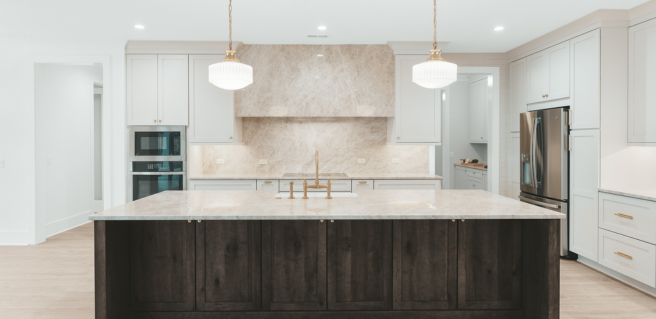
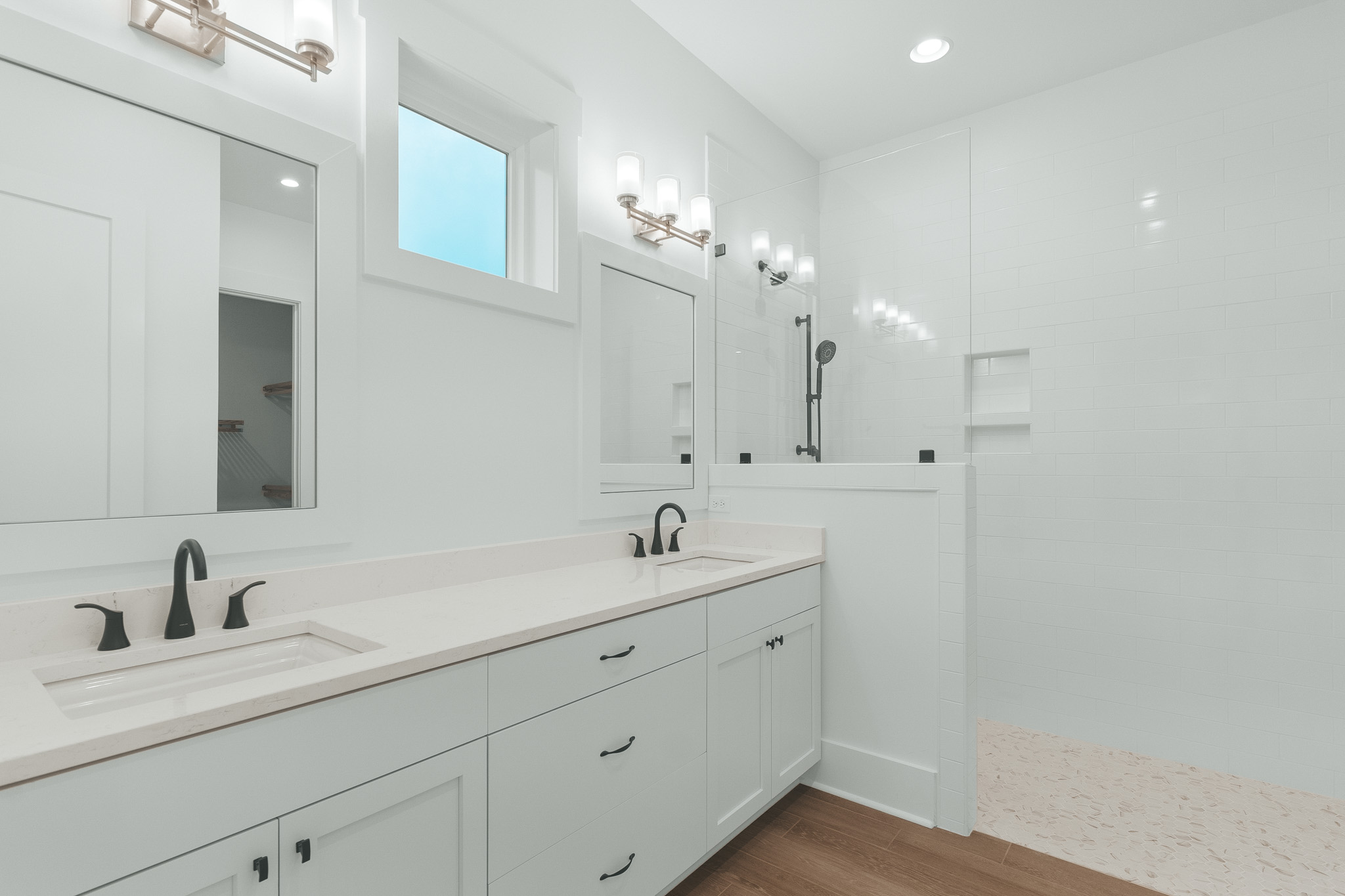
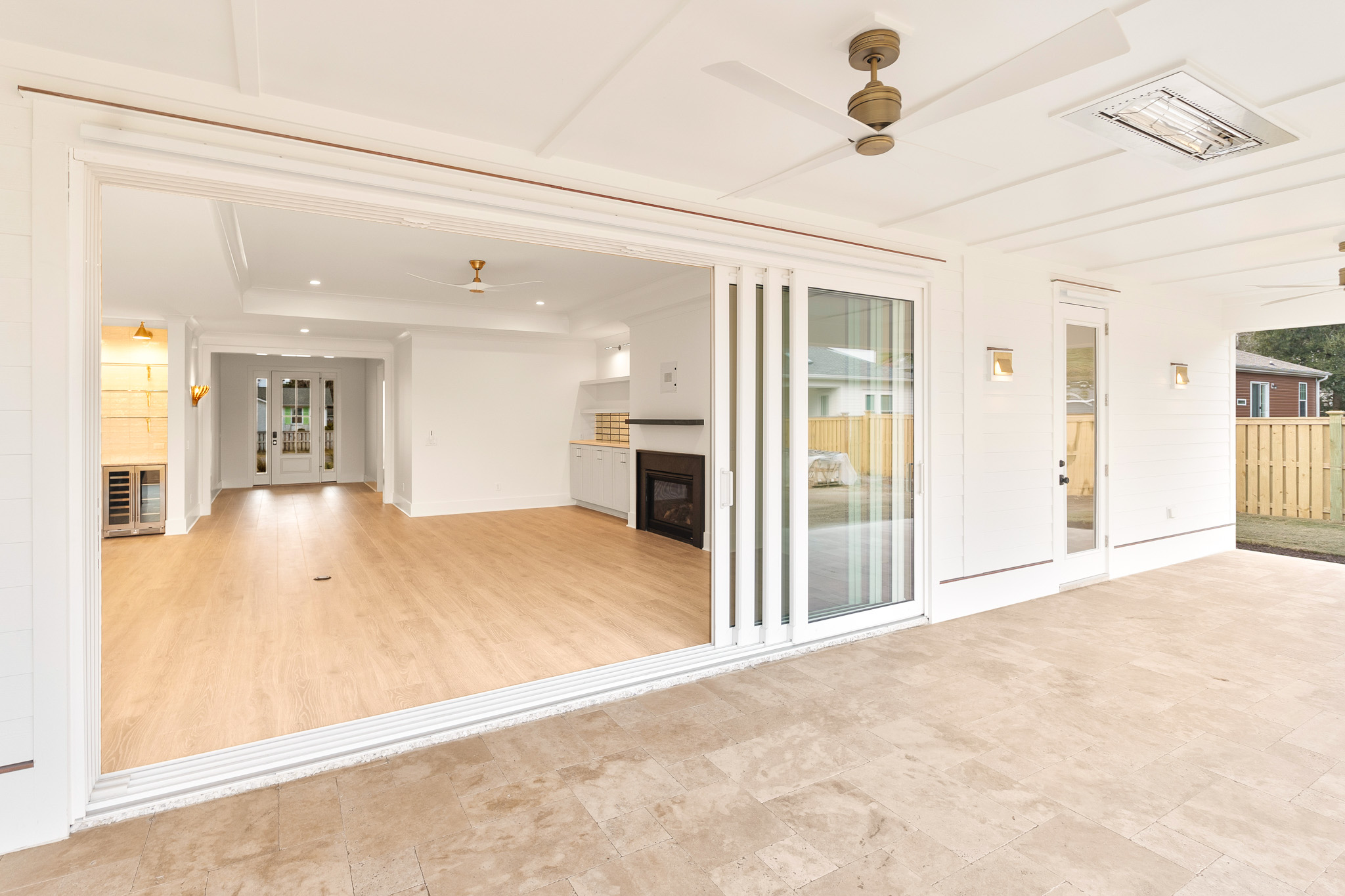
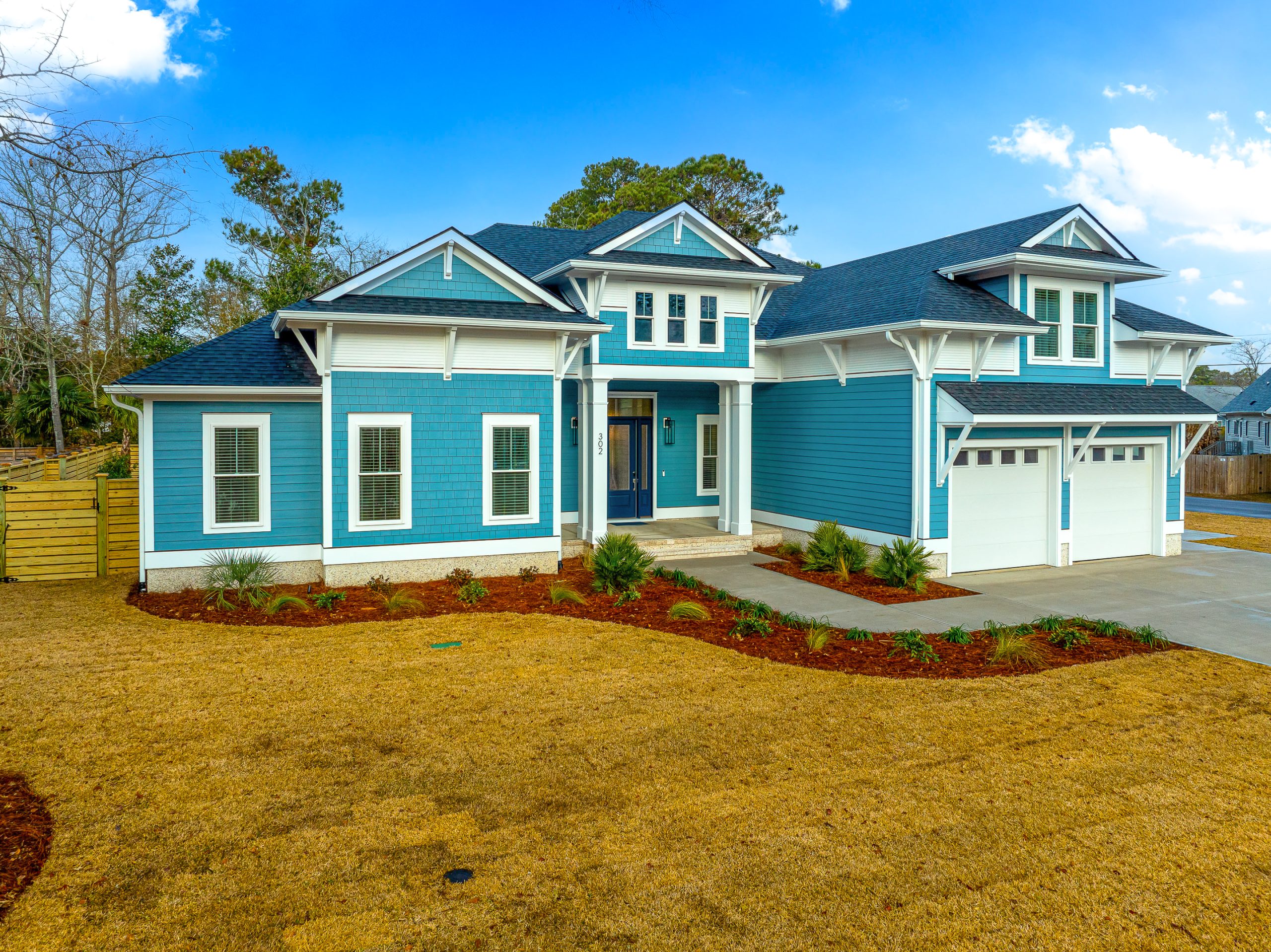





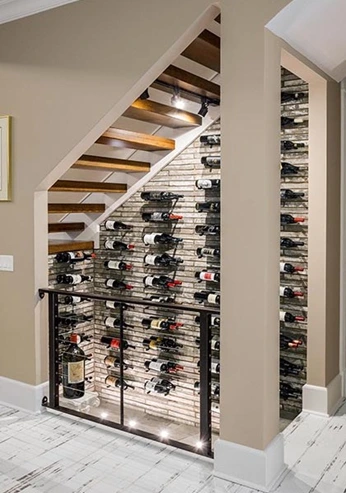



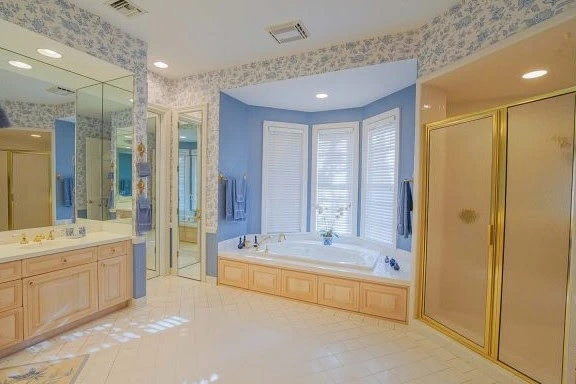

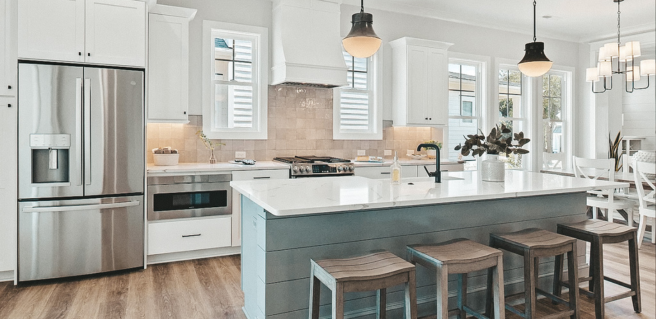
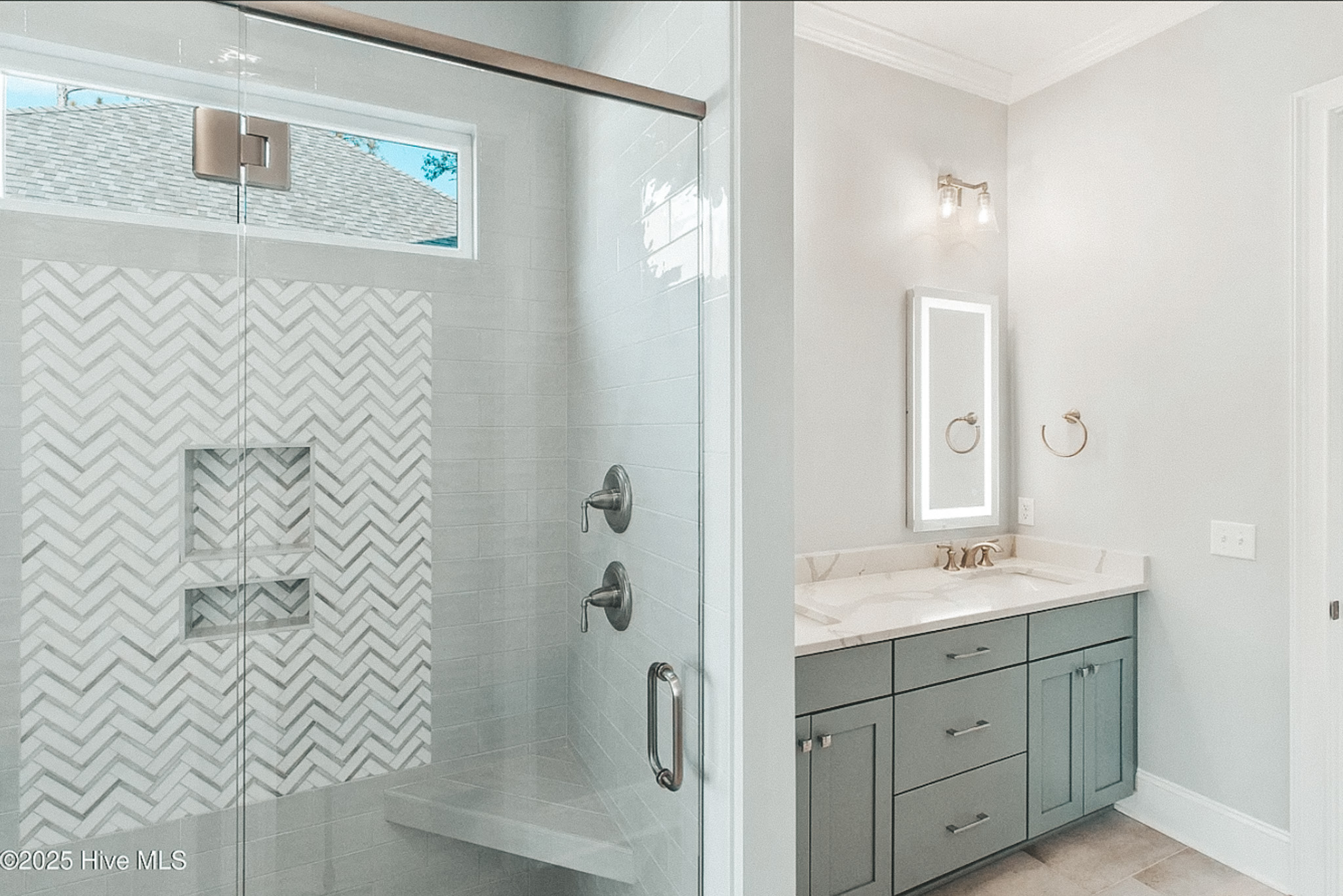
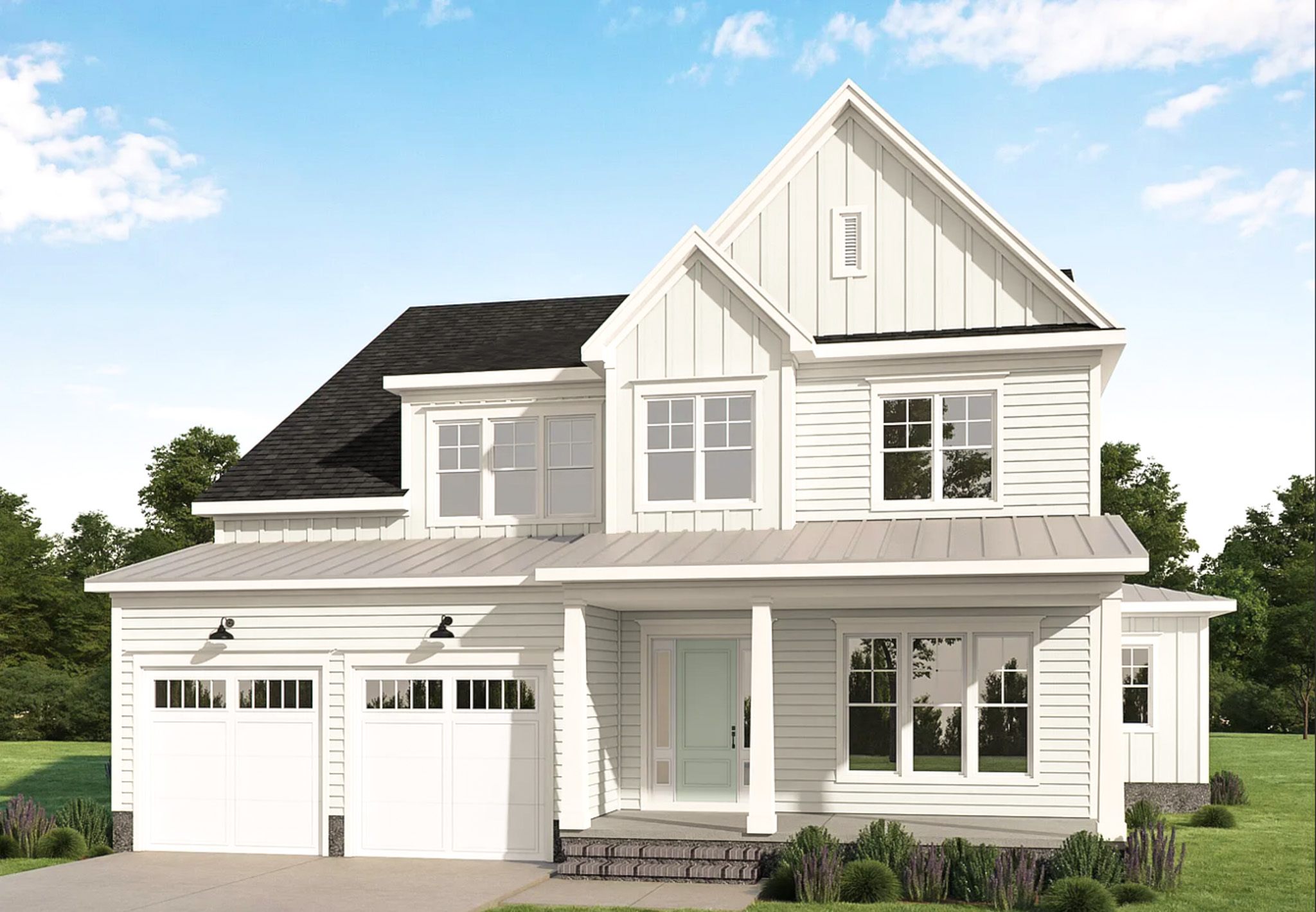
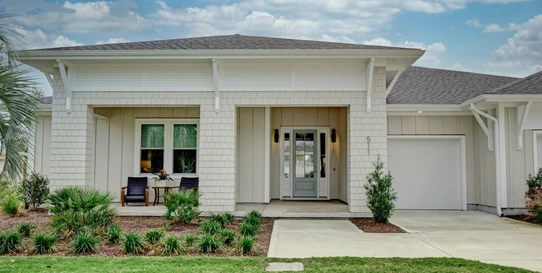
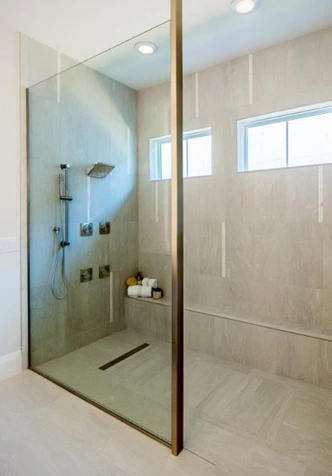
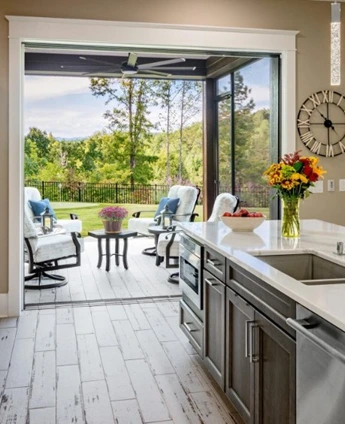
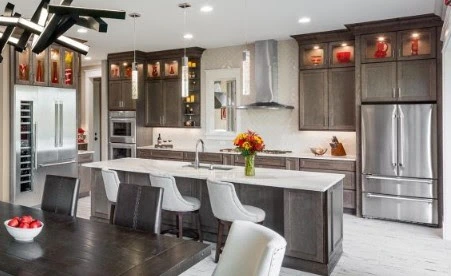
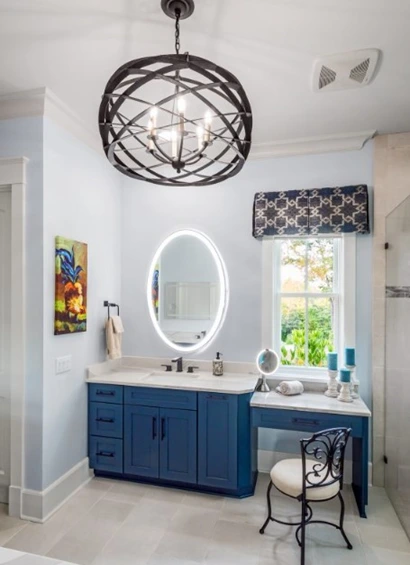
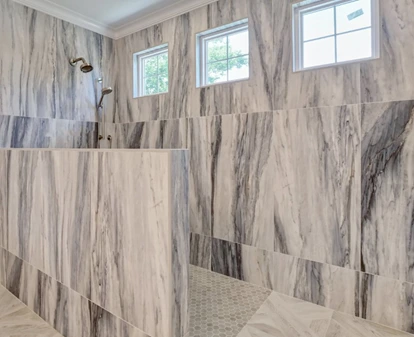





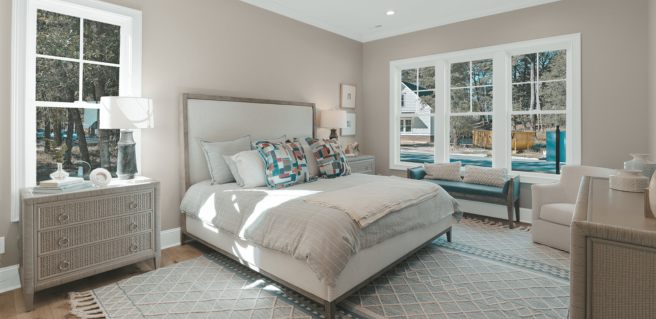


 PORTABLE HEATERS
PORTABLE HEATERS